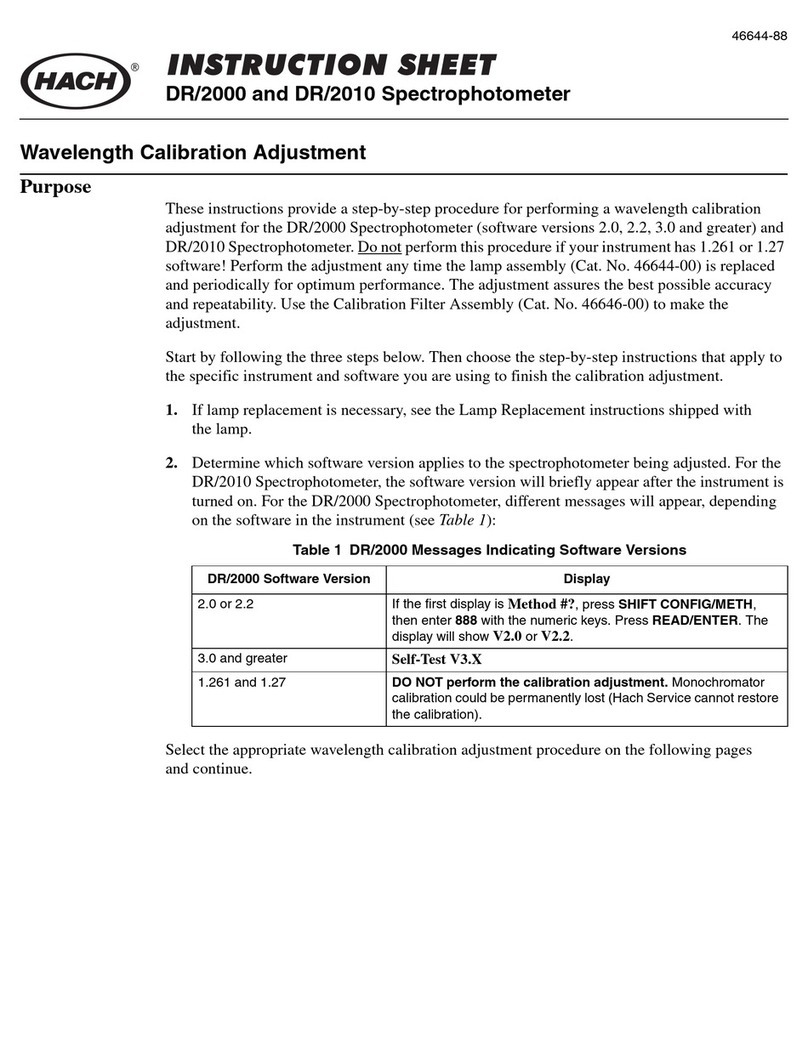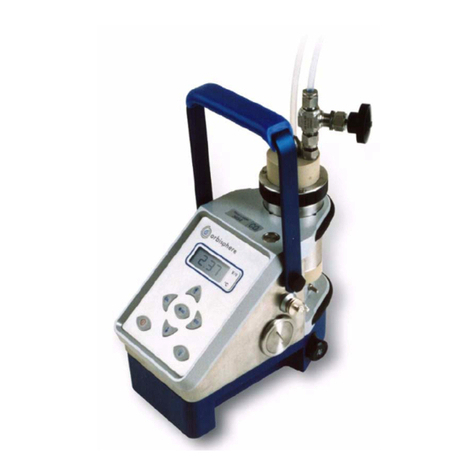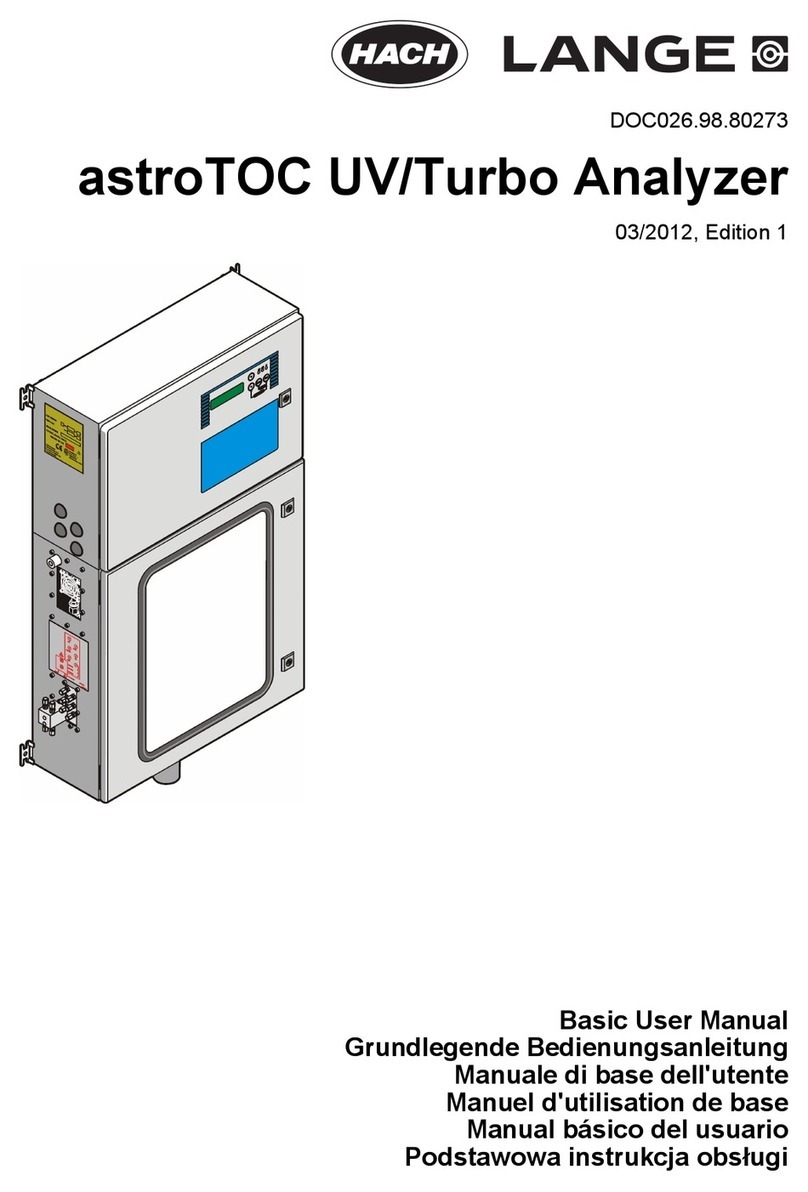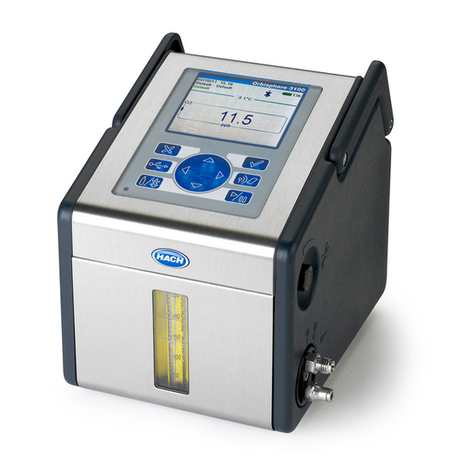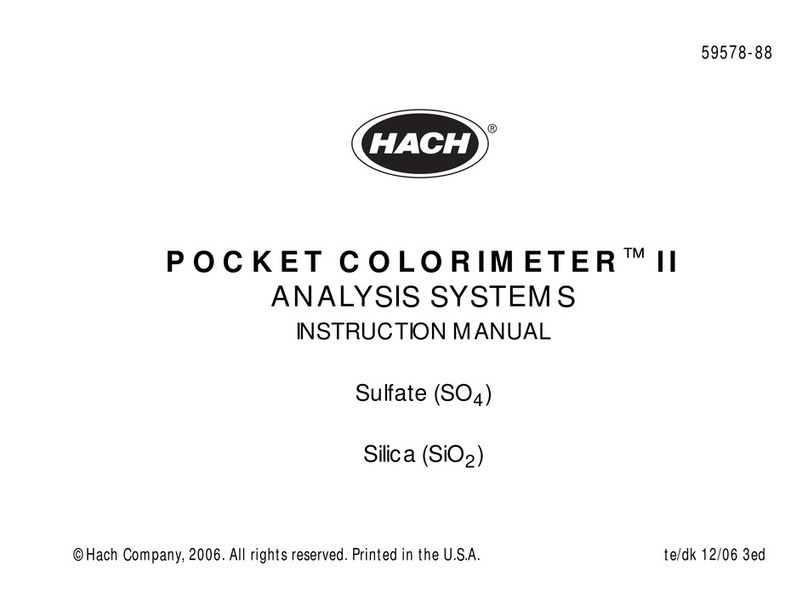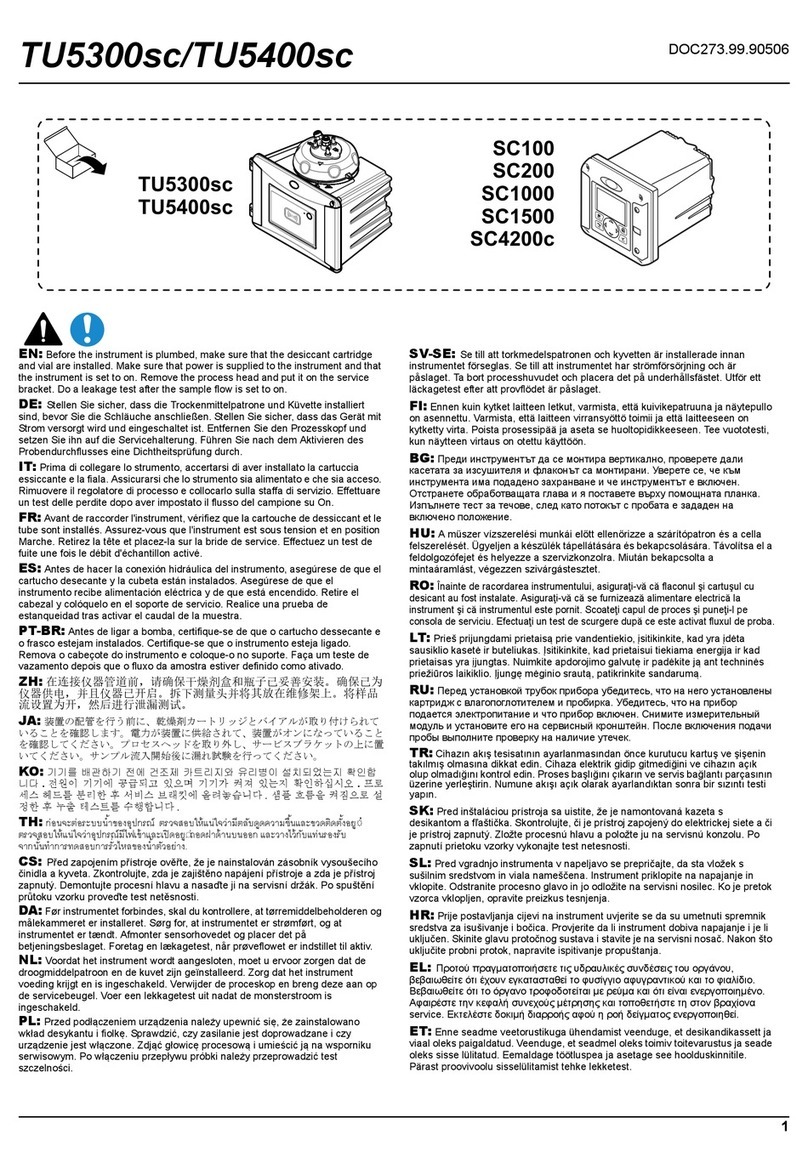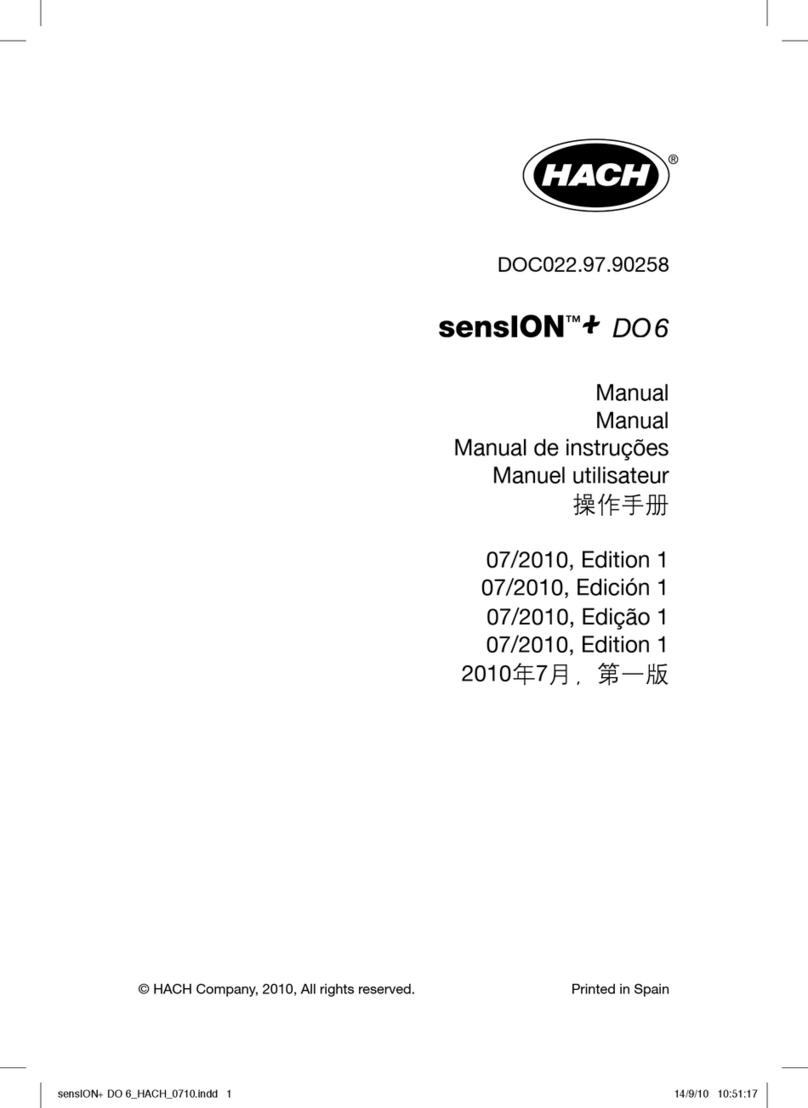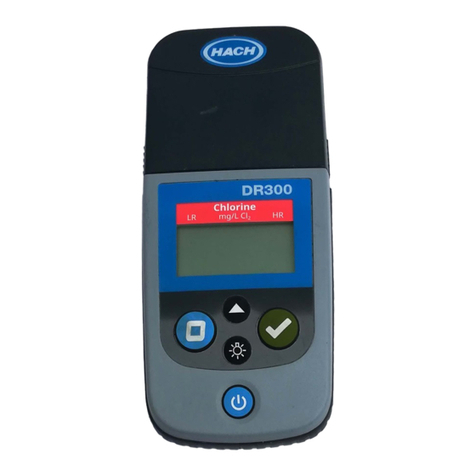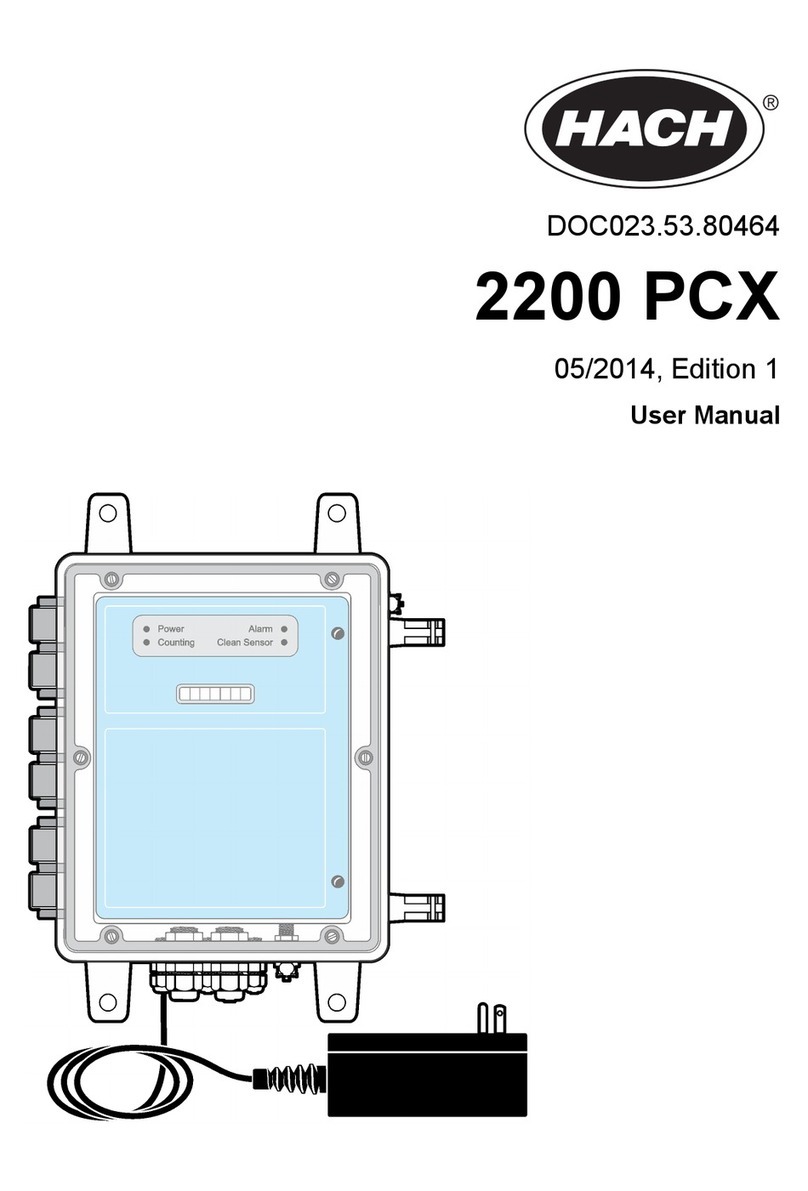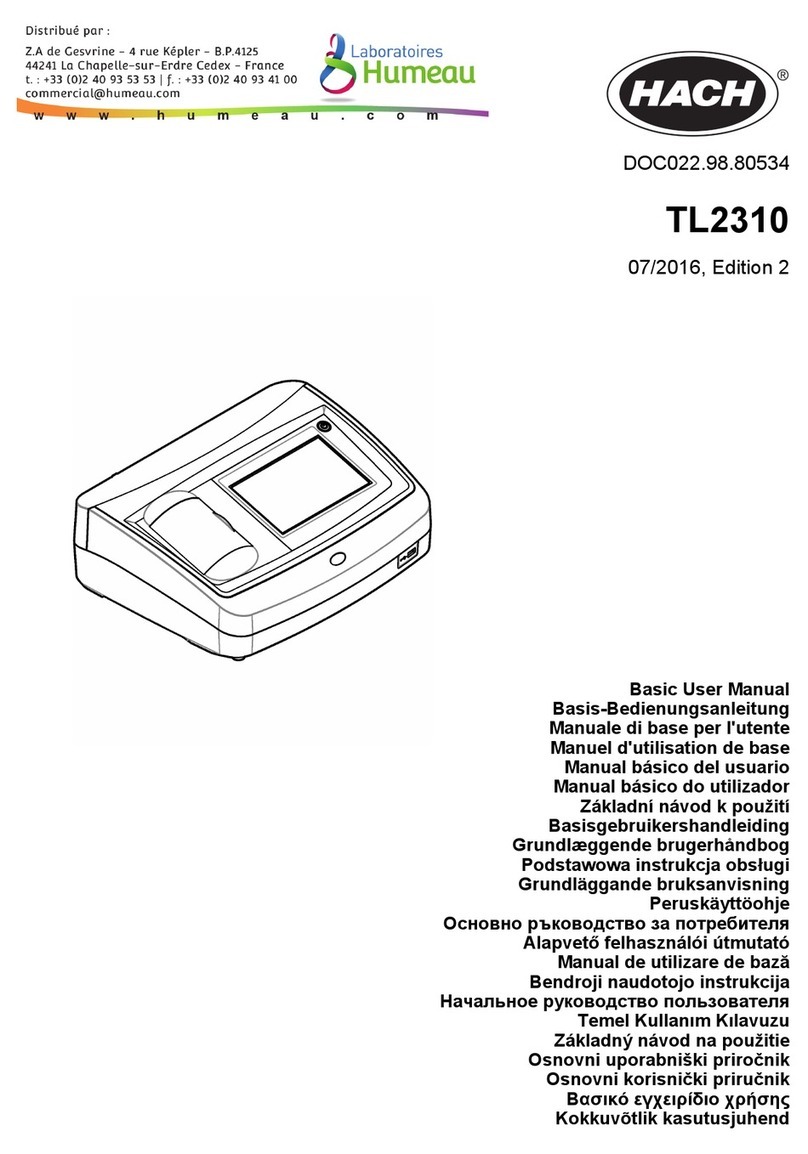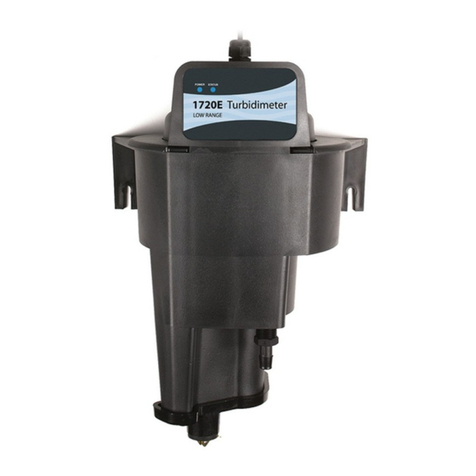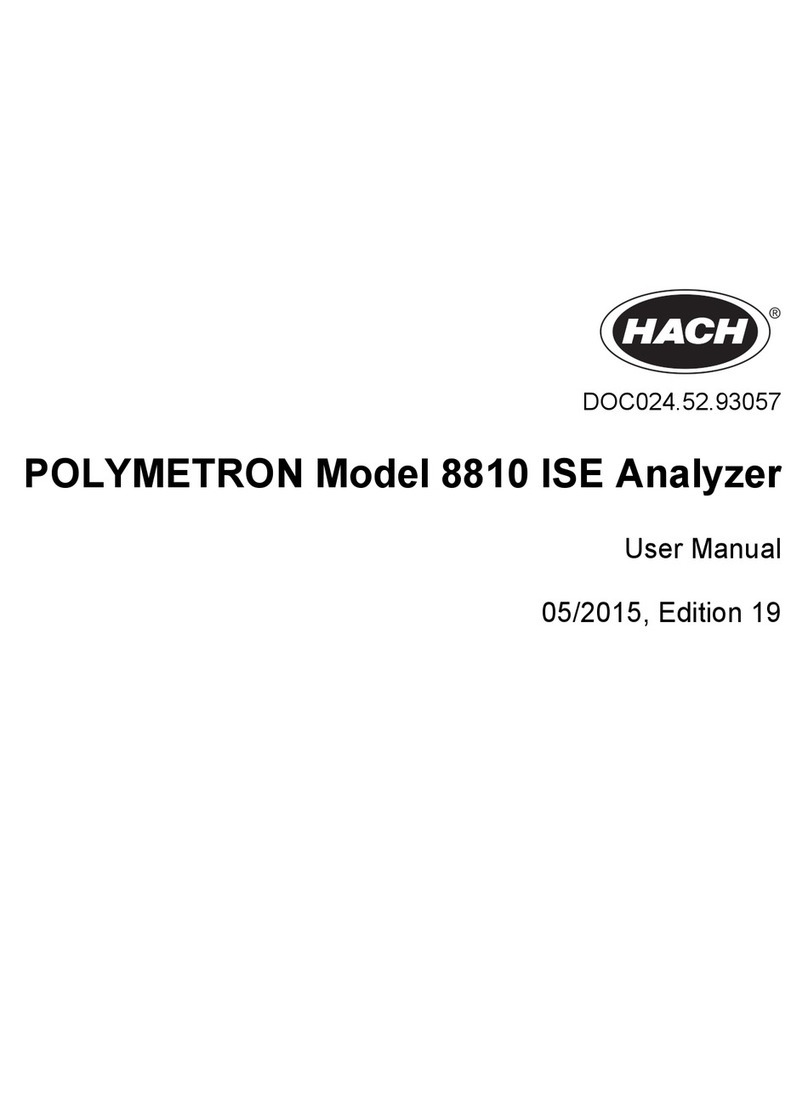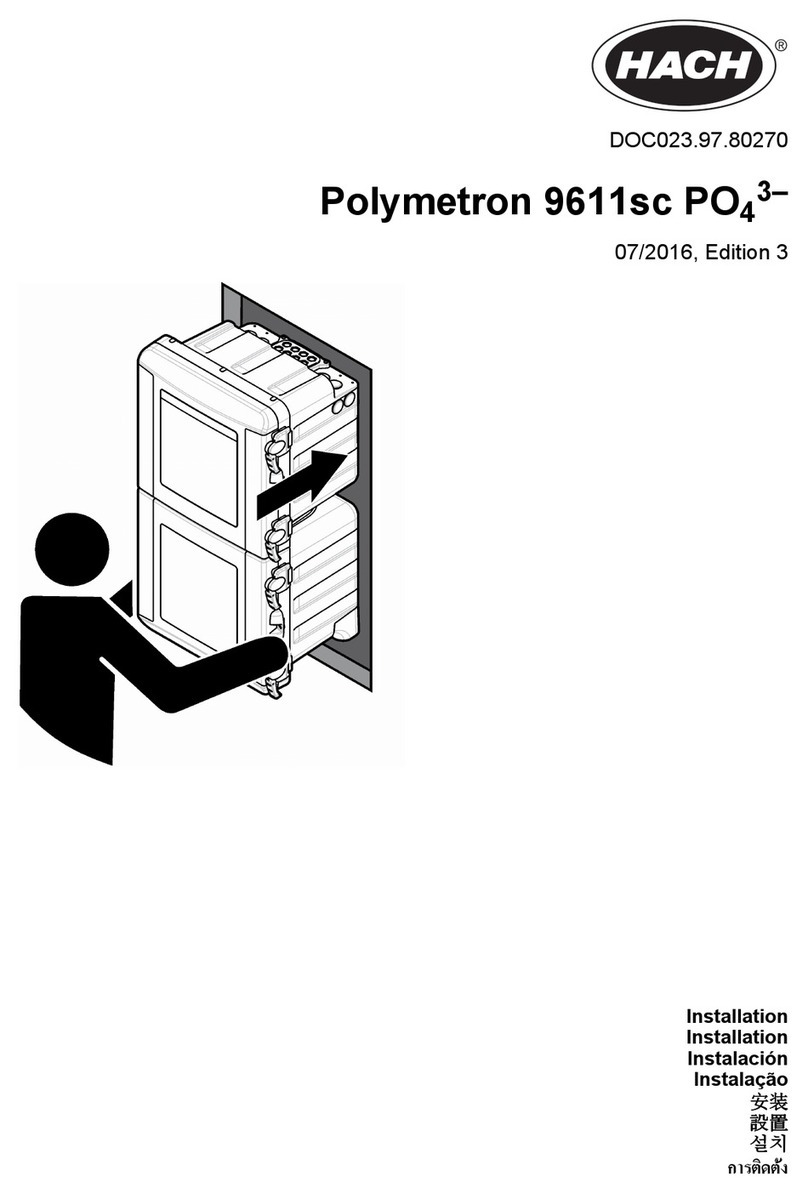
Table of Contents
Section 1 Product overview................................................................................. 3
Section 2 Specifications........................................................................................ 3
Section 3 Safety information............................................................................... 4
3.1 Intended use ....................................................................................................... 4
3.2 Use of hazard information..................................................................................... 4
3.3 Precautionary labels............................................................................................. 5
3.4 Product hazards.................................................................................................... 5
Section 4 Preparation for use.............................................................................. 5
Section 5 Calibration.............................................................................................. 7
5.1 Calibration notes................................................................................................... 7
5.2 Calibration procedure........................................................................................... 8
Section 6 Sample measurement ...................................................................... 9
6.1 Sample requirements............................................................................................ 9
6.2 Sample measurement notes................................................................................. 9
6.3 Sample measurement procedure......................................................................... 9
Section 7 Verify the calibration........................................................................ 10
7.1 Verification procedure......................................................................................... 10
Section 8 Maintenance......................................................................................... 11
8.1 Clean the probe.................................................................................................. 11
8.2 Fill the probe....................................................................................................... 12
8.3 Add KCl crystals to the probe............................................................................. 13
8.4 Replace the filling solution.................................................................................. 14
8.5 Soak procedure for dry probes........................................................................... 15
8.6 Storage............................................................................................................... 15
Section 9 Troubleshooting ............................................................................... 16
Section 10 Consumables..................................................................................... 17
10.1 Recommended standards................................................................................. 17
10.2 Accessories...................................................................................................... 18
1
